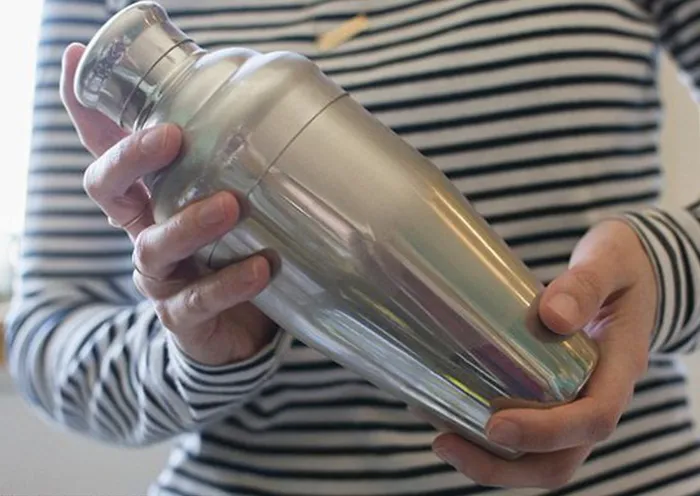Stroke patients get shake up

The device is roughly the size of a hand-held microphone and targets the carotid arteries which travel through the neck and under the chin carrying oxygen-rich blood to the head. Picture: Twitter/@WorldHealthNews The device is roughly the size of a hand-held microphone and targets the carotid arteries which travel through the neck and under the chin carrying oxygen-rich blood to the head. Picture: Twitter/@WorldHealthNews
London - A device that ‘shakes’ the arteries to clear any blockages and help patients after a stroke has been developed by scientists.
The gadget, which is held under the chin, sends out vibrations that shake the blood vessels that lead to the brain, dislodging any blockages and reducing long-term damage.
It’s also thought to make drug treatment more effective, as it helps speed up the breakdown of clots.
In a recent study in Canada, healthy volunteers who used the device had increased blood flow throughout the brain.
The developers believe this shows that it enhances blood supply by clearing blockages, and studies in stroke patients are now planned.
The device is roughly the size of a hand-held microphone and targets the carotid arteries which travel through the neck and under the chin carrying oxygen-rich blood to the head.
These arteries supply the large area at the front of the brain that controls thought, speech and personality as well as sensory and movement functions — these are the areas most commonly damaged by stroke.
Shaking the carotid artery breaks down blood clots — the action is also thought to repeatedly compress and release the blood vessels, increasing the pressure, and clearing the material away — a bit like a plunger on a blocked drain.
Every year, more than 150 000 people in the UK suffer a stroke, and 85 percent are ischaemic, where the blood supply is stopped due to a clot.
Other strokes, caused by a burst blood vessel, are known as haemorrhagic. Both types restrict blood supply to the brain, causing brain cells to die.
Ischaemic strokes can be treated with injections of a clot-busting medication that dissolves them.
It is most effective if started within four hours after the stroke occurs.
Currently, only a small percentage of patients are diagnosed in time to get this treatment as it takes a while to establish the cause of the stroke, usually done with a CT scan.
But the developers of the new device, Ahof Biophysical Systems and Parallel Biotechnologies, say it could have an effect for up to 24 hours after a stroke has occurred because it can dislodge even large clots, and break them down.
This means it could also make drugs work more effectively.
The device has a vibrating top which causes a mild sensation on the skin’s surface. In the recent Canadian study, published in the Journal of Experimental Stroke and Translational Medicine, brain scans on 15 healthy volunteers who used the device once found they had increased blood flow throughout the brain.
Additional studies are planned to understand how long a stroke patient would have to use the device in order to benefit, although the researchers suggest a session of up to 20 minutes would be sufficient, or stopping the treatment when side-effects develop. Commenting on the new technology, Dr Richard Perry, a consultant neurologist at University College Hospital says the idea of disrupting blood clots by vibration is appealing.
Theoretically, he says, disrupting the clot by vibrating the blood could allow better access for clot-busting drugs, although whether this makes them more effective hasn’t been proven so far in trials — ‘but that does not mean the whole idea should be abandoned,’ Dr Perry adds.
Meanwhile good dental hygiene could cut your risk of having a stroke.
Stroke patients’ saliva is more likely to contain the bacterium streptococcus mutans, which is also linked to tooth decay, researchers at the University of Louisville School of Medicine in the US reported in the journal Scientific Reports.
A build-up of the bacteria is thought to bind to blood vessels weakened by age and high blood pressure, causing them to rupture.
Daily Mail